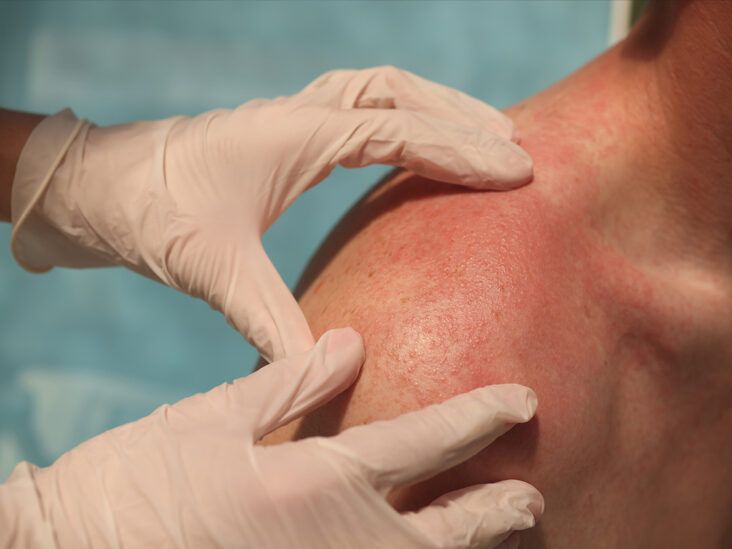Mohs Surgery Explained: A Key Treatment in Dermatology for Handling Skin Cancer Successfully
In the world of dermatology, Mohs surgery stands as an essential treatment for combating skin cancer, especially basal cell and squamous cell carcinoma. This complex surgical technique, conceived by Dr. mohs surgery. Frederic E. Mohs, prioritizes the specific excision of malignant skin layers, leaving healthy cells untouched. Yet exactly what makes Mohs surgery so efficient and how does it contribute to favorable individual outcomes? As we dive much deeper into the procedure, its advantages, and potential difficulties, real worth of this treatment ends up being increasingly obvious.
Comprehending the Fundamentals of Mohs Surgical Procedure
Although it might appear facility, Mohs surgical treatment is an accurate medical strategy made use of mostly to deal with skin cancer. The key aim of Mohs surgical procedure is to eliminate all cancer cells while saving as much healthy cells as possible. Its precision and high success price have made Mohs surgical treatment a keystone in dermatology, using hope to clients worldwide.

The Procedure: Step-by-Step Breakdown of Mohs Surgical Procedure
While Mohs surgical procedure could appear daunting, comprehending the detailed procedure can help demystify the process. The procedure starts with the surgeon getting rid of a thin layer of noticeable malignant skin. This layer is then very carefully examined under a microscopic lense for cancer cells. If cancer cells are spotted, the cosmetic surgeon removes an additional layer of skin and the procedure is duplicated. This cycle proceeds till no more cancer cells are found, making sure the total elimination of cancer cells while maintaining as much healthy skin as possible. The injury is then shut using stitches, a skin graft, or it may be delegated heal naturally. Postoperative care is important to advertise healing and display for any signs of recurrence.
The Benefits of Mohs Surgery in Skin Cancer Cells Treatment
A remarkable number of individuals have uncovered the distinct benefits of Mohs surgery in their fight against skin cancer cells. Regarded for its precision, this strategy targets malignant cells while preserving surrounding healthy cells, leading to marginal scarring. Its high precision reduces the possibility of cancer cells recurrence, providing people with satisfaction. The procedure is normally done on an outpatient basis under neighborhood anesthetic, making it much less taxing on the body than even more intrusive surgical treatments. Even more, as it includes prompt tiny evaluation of the removed cells, it ensures complete cancer cells elimination in a solitary visit. Thus, it removes the need for multiple surgeries, saving time and reducing stress for people. Consequently, Mohs surgical treatment provides a remarkable choice for efficient skin cancer cells therapy.
Possible Threats and Issues Related To Mohs Surgery
In spite of its numerous advantages, Mohs surgical treatment is not without possible threats and complications. Like all procedures, it lugs a risk of infection, blood loss, and a negative response to anesthetic. In rare instances, people might experience nerve damage, leading to feeling numb or weakness in the area of surgical More about the author treatment. There's also the possibility of a reappearance or spread of skin cancer cells, particularly if all cancerous cells were not totally gotten rid of throughout the treatment. Scarring is an additional concern, as it can be noticeable depending upon the size and place of the cured location. Finally, the emotional effect these details of a skin cancer cells diagnosis and subsequent surgical procedure need to not be underestimated, as it can lead to anxiousness and depression in some individuals.
Preparing for and Recuperating From Mohs Surgical Treatment: What to Expect
To ensure the finest possible end result from Mohs surgery, people require to effectively get ready for the procedure and comprehend what to anticipate throughout recuperation. Prep work normally entails an in-depth conversation with the medical care provider regarding the individual's case history, current medications, and possible allergies. Some drugs might require to be quit before the surgical procedure to minimize blood loss. Postoperative treatment is important for successful healing. Clients may experience mild pain, inflammation, or swelling, which can be taken care of with prescribed medications. They are advised to relax, stay clear of strenuous activities, and keep the surgical site clean and dry. Normal follow-ups are needed to check recovery and detect any issues early. The secret to recovery holds your horses' adherence to their health care service look what i found provider's guidelines.
Conclusion
